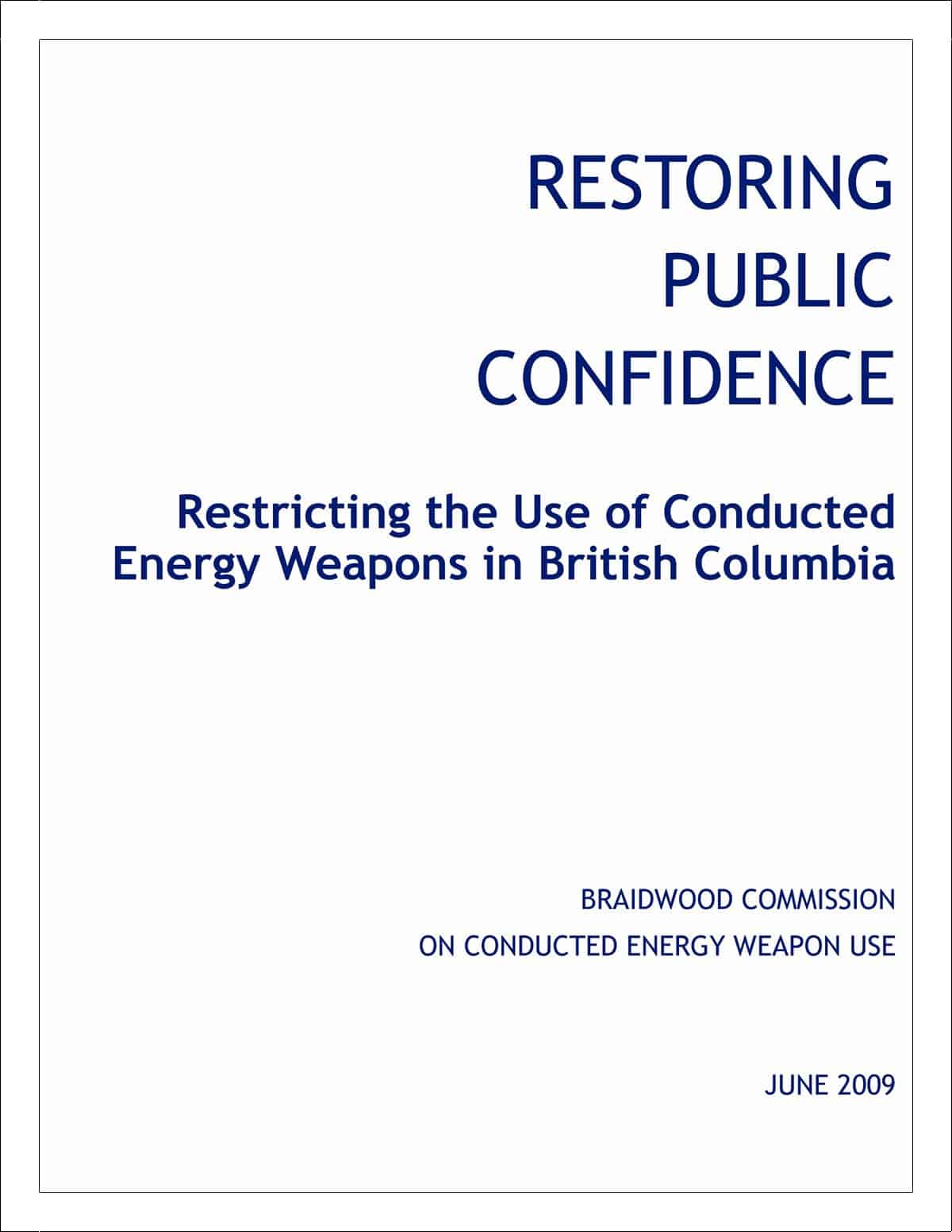On 1 September 2009 there were early reports that
“… a man died at Stanhope in northern Victoria when a one-tonne bag of salt fell from a stack and crushed him at a cheese factory.”
Further details were revealed in a media report on 4 September 2009. The media officer for WorkSafe, Michael Birt, discussed the stacking of multiple, one-tonne, bags of salt.
“The improvement notice is requiring them to develop a safer system of work in relation to storing the salt because they can’t stack it three high in these bales which are about a metre tall,” he said. “It’s symptomatic of what happens in typical cases after this, we look at it and we find the systems need to be further improved. Our aim is to get safety improvements happening sooner rather than later and if those improvement notices are dealt with promptly everyone’s life moves on.”
WorkSafe informed SafetyAtWorkBlog that the 50-year-old man was at the base of a stack of three bags of salt. Each bag had been placed in the factory on a pallet, so the stack from the floor was pallet – bag – pallet – bag – pallet – bag. The bottom bag had leaked and has possibly destabilised the stack. The stack fell, crushing the man. There was not racking around the stack.
 The bags (similar to the one pictured right) are large bale-type bags with handles. The bags are used for a variety of contents and are in common use.
The bags (similar to the one pictured right) are large bale-type bags with handles. The bags are used for a variety of contents and are in common use.
There were no witnesses to the man’s death on the Tuesday afternoon. Gaffer tape was found near the man’s body
WorkSafe has placed a “do not disturb” notice on the fatality site and has formally directed the company to review its bulk handling procedures in the salt store.
WorkSafe Victoria has a range of advice and guidances concerning the bulk handling of raw material, a couple are below.




